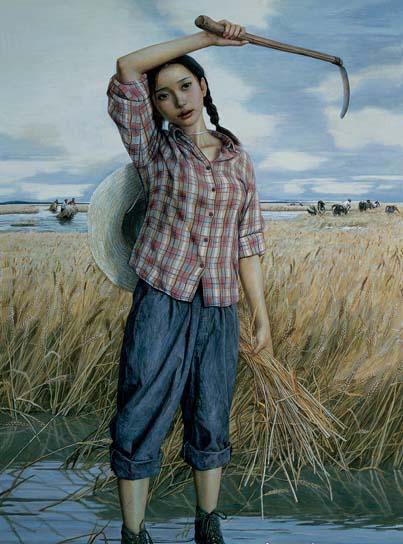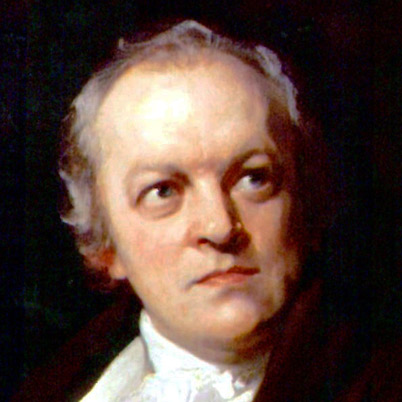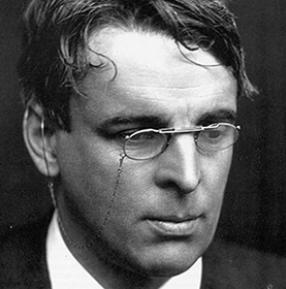“To Sleep” is a direct address by the poet, Wordsworth, to the sleep that often eludes him. It sounds as if it is coming from an insomniac who knows the true value of sleep.
About the Poet:
William Wordsworth was a major English Romantic poet. Along with Samuel Taylor Coleridge, he helped to inaugurate the Romantic Age in English literature with the joint publication of their work entitled Lyrical Ballads in 1798. Wordsworth’s magnum opus is generally thought to be The Prelude, a partly autobiographical poem of the years of his youth. He was also Britain’s Poet Laureate from 1843 until he died in 1850.
The second of five children of John Wordsworth and Ann Cookson, William Wordsworth was born in 1770 in Cockermouth, Cumberland, which forms a part of the scenic region in northwestern England known as the Lake District.
Wordsworth made his debut as a writer in 1787 with the publication of a sonnet in The European Magazine. That same year he began attending St John’s College, Cambridge and received his BA degree in 1791.
In 1795, he met Samuel Taylor Coleridge for the first time in Somerset. The two poets quickly developed a close friendship. In 1797, William and Dorothy Wordsworth moved to Alfoxton House, Somerset, just a few miles away from Coleridge’s home in Nether Stowey. Together Wordsworth and Coleridge, often with help from Dorothy, produced Lyrical Ballads. Its second edition was published in 1800, and it included a preface by Wordsworth, which some scholars consider a manifesto of Romantic literary theory.
Between 1795 and 1797, Wordsworth wrote his only play, The Borderers. This is a verse tragedy set during King Henry III of England when Englishmen in the North Country fought a bloody battle with Scottish rovers.
In 1807 Wordsworth published Poems in Two Volumes, and this collection included “Ode: Intimations of Immortality from Recollections of Early Childhood.” In 1814 Wordsworth published The Excursion as the second part of the three-part work The Recluse. He never wrote the first or third party.
Dorothy suffered from a severe illness in 1829 that rendered her an invalid for the remainder of her life. This caused Wordsworth immense pain, and he died from an aggravated case of pleurisy on 23rd April 1850. He was buried at St Oswald’s Church, Grasmere.
To Sleep: Setting
This poem has two different settings, and they form a contrast to each other. In the first and second stanzas, the poem is set in the poet’s imagination. This is a tranquil and pastoral setting. However, in the third and fourth stanzas, the setting shifts from the poet’s mind to reality. Here we sleep that the poet is quite anxious, for he is not able to sleep peacefully.
To Sleep: Summary
“To Sleep” consists of 14 lines in total. Generally, a poem like this, made up of 14 lines, is called a sonnet. A sonnet is usually divided into an eight-line unit known as an octet and a six-line unit known as a sestet. The octet and sestet can together form a single stanza or appear as two separate stanzas. This poem is unusual because it is divided into four stanzas, the first and the second stanzas consisting of 4 lines each, and the third and fourth stanzas consisting of 3 lines each.
1st stanza:
| A flock of sheep that leisurely pass by | |
| One after one; the sound of rain and bees | |
| Murmuring; the fall of rivers, winds, and seas, | |
| Smooth fields, white sheets of water, and pure sky;— |
In this stanza, the poet describes a peaceful and idyllic scene. In this scene, there is a flock of sheep that walks past the poet in single file. He can hear the low patter of rainfall and also the monotonous buzzing of bees. He can also hear a river as it flows along the shore, the sound of the wind blowing gently, and the bubbling of the water as it reaches the sea. He can see fields that have been plowed evenly. He can see the water turning white as froth is produced on its surface due to the great speed with which it is rushing forward. He can also see an immaculate sky.
2nd stanza:
| I’ve thought of all by turns, and still, I lie |
| Sleepless; and soon the small birds’ melodies |
| Must hear, first utter’d from my orchard trees, |
| And the first cuckoo’s melancholy cry. |
In this stanza, the poet says that he has thought about all the aspects of the serene environment he has described in the previous stanza one by one, yet he cannot fall asleep. Hence he must come up with more strategies to bring sleep to his eyes. He anticipates that he will have to imagine hearing the sound of the melodious songs of the small birds that live among the trees in his orchard. He may even have to imagine hearing the cry of the cuckoo that makes one sad and reflective.
3rd stanza:
| Even thus last night, and two nights more I lay, | |
| And could not win thee, Sleep! by any stealth: | |
| So do not let me wear tonight away: |
In this stanza, the poet reveals that all the strategies for courting sleep that he has described so far were applied by him the previous night, and yet he had lain asleep. This had also been the situation faced by him for nights in a row before last night. Next, the poet imagines Sleep to be a human figure that he is playing a game with. He had been both silent and crafty, and yet he could not grasp hold of Sleep. Finally, he appeals to the figure of Sleep to make sure that the present night is not wasted in the same way.
4th stanza:
| Without Thee, what is all the morning’s wealth? | |
| Come, blessed barrier between day and day, | |
| Dear mother of fresh thoughts and joyous health! |
In this stanza, the poet respectfully tells Sleep that morning does not have much value if one cannot sleep the night before. He also appeals to Sleep to come to him, for Sleep separates one day from the next, the one that gives birth to new thoughts and makes one feel healthy and fit.
You can also refer to the analysis of To Sleep.
Some online learning platforms provide certifications, while others are designed to simply grow your skills in your personal and professional life. Including Masterclass and Coursera, here are our recommendations for the best online learning platforms you can sign up for today.
The 7 Best Online Learning Platforms of 2022
- Best Overall: Coursera
- Best for Niche Topics: Udemy
- Best for Creative Fields: Skillshare
- Best for Celebrity Lessons: MasterClass
- Best for STEM: EdX
- Best for Career Building: Udacity
- Best for Data Learning: Pluralsight













